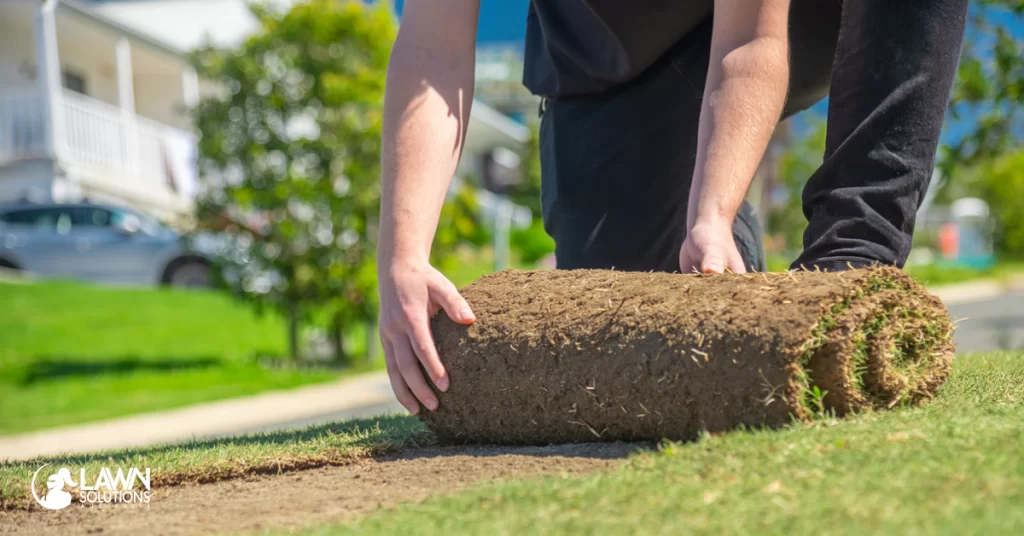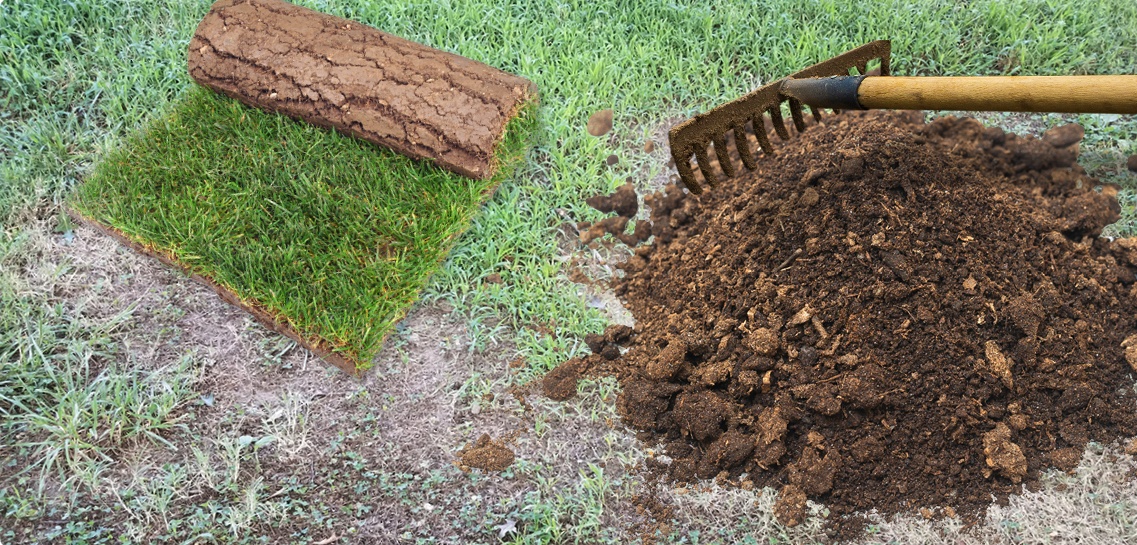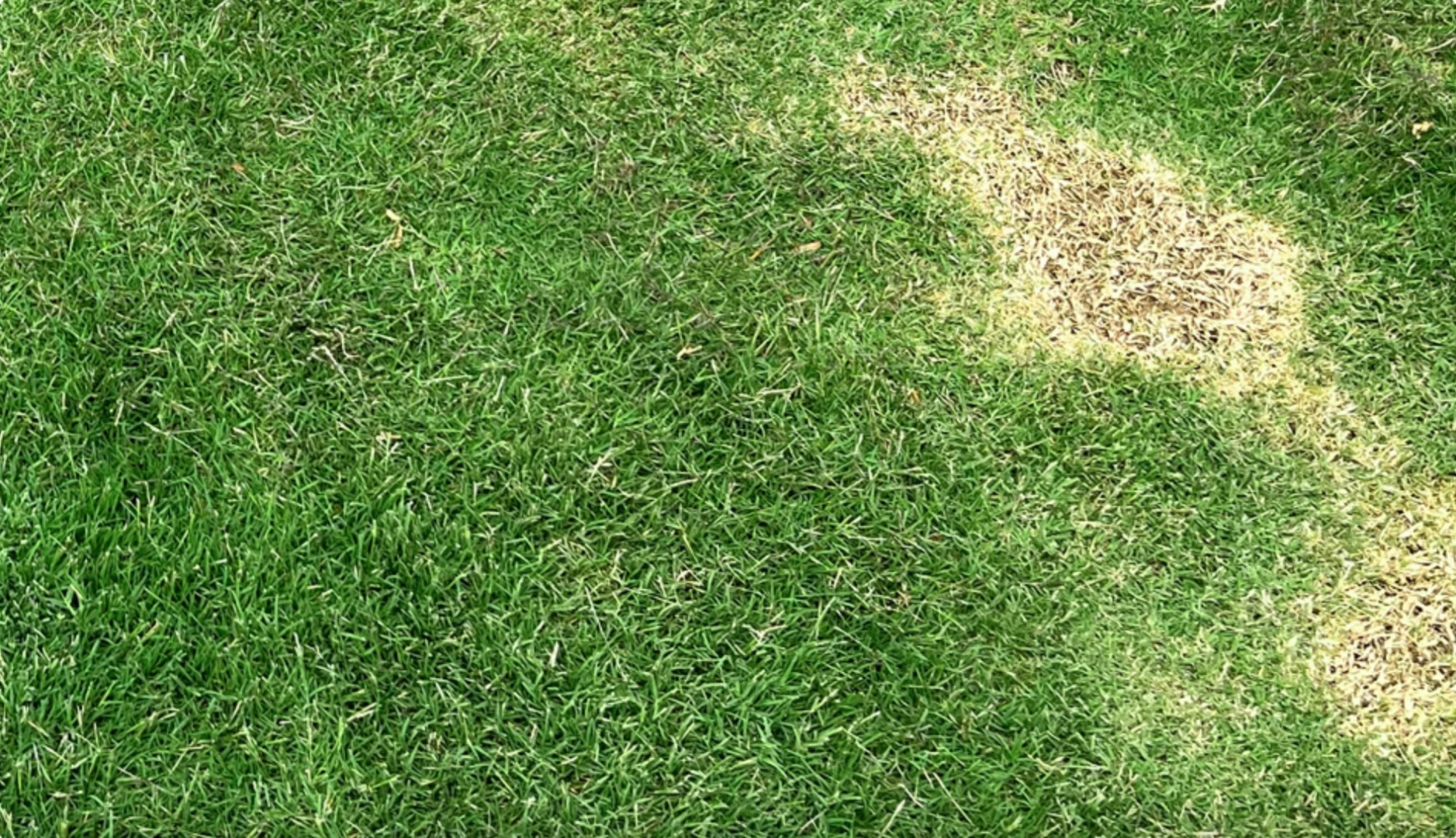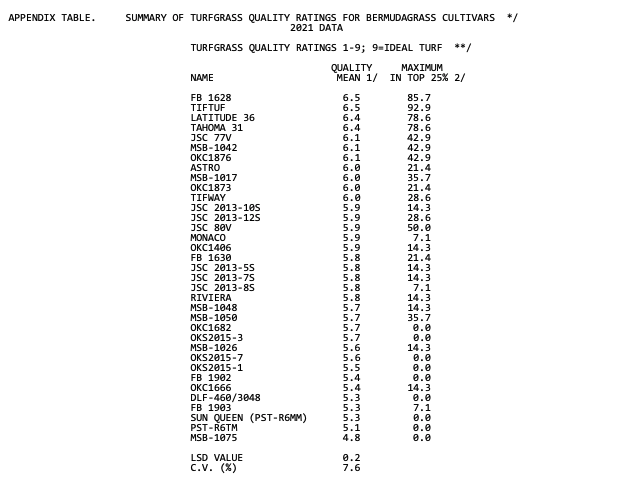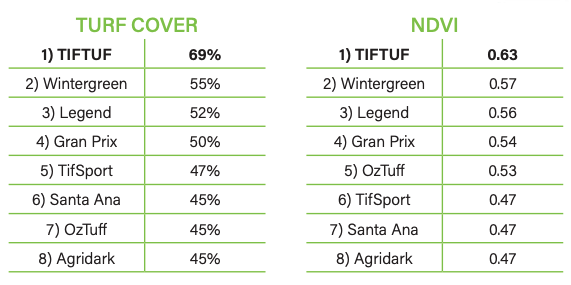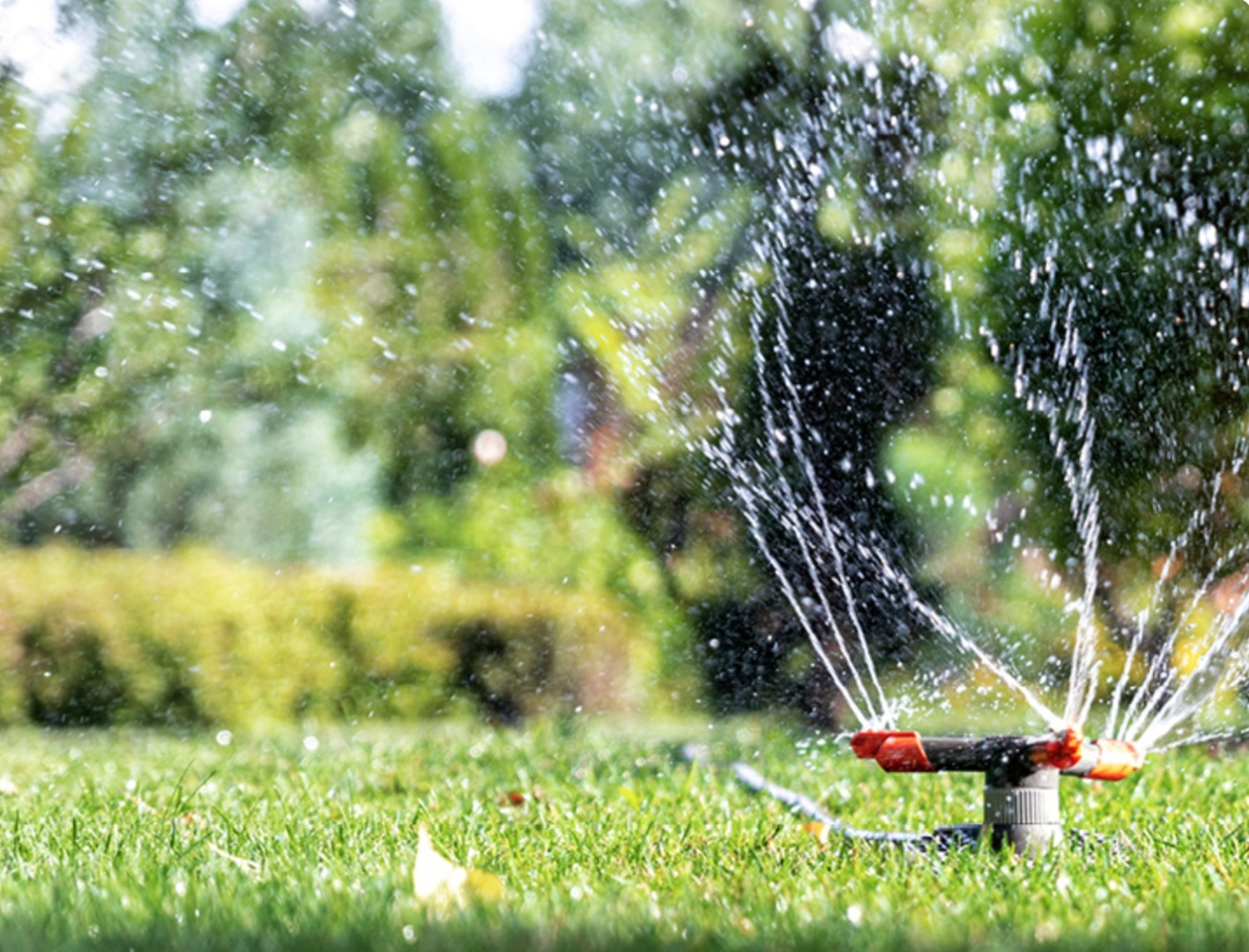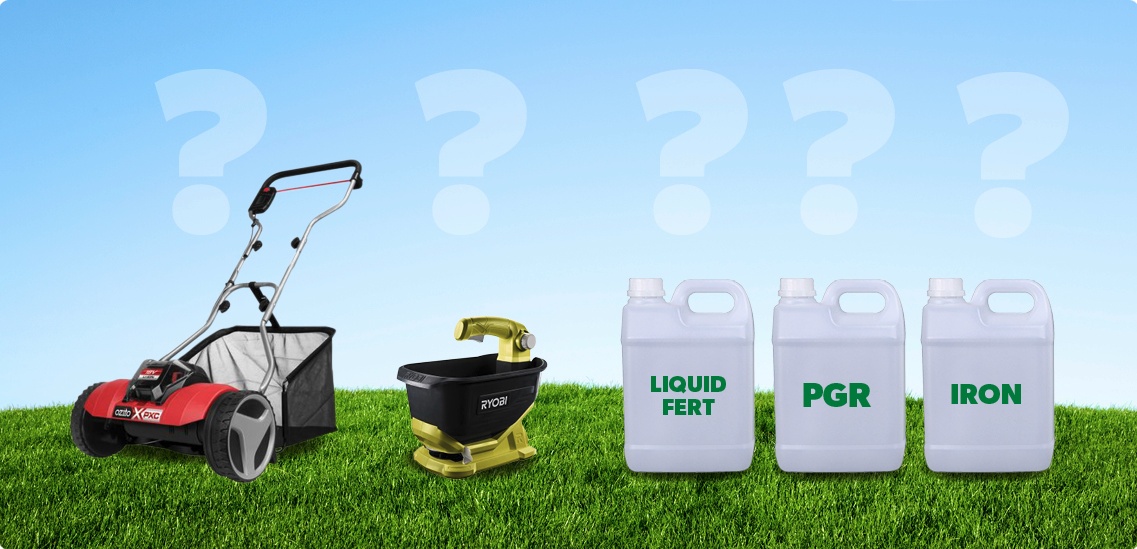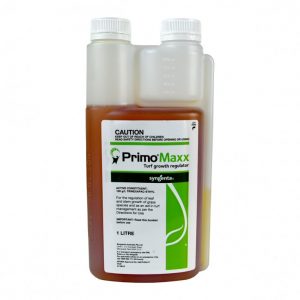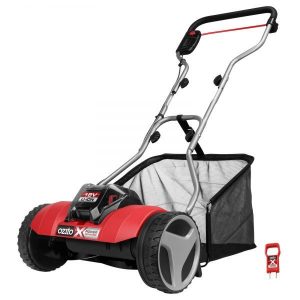Advice on watering lawns can differ substantially depending on who you ask, and more often than not, more water is used than is required.
How do you know if you are watering your new lawn enough?
Providing water to your new lawn is so important to ensure that it gets off to the best possible start. A new lawn that has been correctly watered will have deep roots, consistent colour and health. This will ensure that you create a lawn that is resilient, hardy and drought tolerant. Once established, in times of low to zero rainfall over an extended period, your lawn will survive to thrive again when it receives the moisture that it needs.
Watering New Lawns
Only freshly laid turf needs to be watered a couple of times a day, every day, for the first couple of weeks. Once your lawn sets root into the soil, it is starting to become established.
Important tips for new lawns:
- Water a few times a day, every day for the first couple of weeks
- Water in the mornings and throughout the day as required
- Keep the ‘feet’ of the turf damp at all times to help the roots establish into the soil
- Water the new turf evenly using a sprinkler or irrigation system
The key thing you are trying to achieve is moisture in the soil down to a depth of 150mm. This will ensure your roots establish into soil easily and it provides the moisture it needs as it goes. Keeping the ‘feet’ of your new turf wet is paramount. This will mean checking on your new turf a few times a day to make sure that the soil is still damp and hasn’t completely dried out. Reacting to this and adjusting the frequency of watering to coincide with the current weather conditions will help to give the lawn every possible chance of staying healthy and robust.
A common problem that we see is where new turf simply hasn’t been watered enough. The lawn stunts in growth and doesn’t establish its roots into the soil. From there it is an uphill battle to get it where you need it. Signs that your turf isn’t getting the water it needs include yellowing across the entire roll, curling or wilted leaves, no lateral growth or when lifted there are no visible white roots establishing into the soil.
How do I know if my new turf is getting enough water?
Ask yourself how much water is my lawn getting? If your answer is plenty or a lot, you probably need to delve a little deeper into the specifics. What are you using to water? When are you watering? For how long and at what time of day? Putting a few catch cups around the area when the irrigation is on will give you a good idea of how much water your new turf is receiving and how evenly.
If you notice consistent discolouration across the entire turf roll or slab, it is likely you are not watering enough. If the discolouration is limited to the edges where the turf was cut, this is considered normal. This part of the turf is more likely to dry out quicker and be in more stress from being cut. You can top dress the joins of your new turf to limit this. Ultimately as long as you provide the turf with enough water for it to stay green and hydrated, as the turf begins to grow laterally the dry edges will disappear and look a lot healthier.
Once establishment is happening you can start to back off the watering, depending on the weather and the climate in your region. Signs that your turf is establishing include turf becoming less easily lifted, colour across the turf remains green, vertical leaf growth is consistent and lateral growth is slowly reducing the visibility of the lines between each roll.
Perform spot checks after three weeks to determine if the turf can be lifted. If it can in certain areas and not others, chances are its roots are shallower in those areas; these spots will need to catch up with the assistance of additional deep watering during establishment.
Watering Established Lawns
Water is an important element in your lawn care and maintenance program. With a clever choice of lawn and the correct preparation you can keep watering to a minimum once your lawn is established.
Choose a drought tolerant turf variety
The easiest way to limit the amount you need to water your lawn, is to put in a drought tolerant turf variety in the first place.
TifTuf Hybrid Bermuda has recently received certification and is the first and only turfgrass to ever receive the Smart Approved WaterMark in Australia and across the world. In the US, TifTuf will now automatically be approved for the ‘Water Sense’ program. This means TifTuf is the first turf grass not just in Australia, but throughout the world, to receive recognition to this level of water saving efficiency.

Click here to learn more.
A common question we get asked here at Lawn Solutions Australia is, “how do I know if I am watering my lawn enough?” – The answer to this question can be quite different due to a variety of factors.
Some of these factors include:
- The climate in your area and the season
- Water restrictions
- Access to and cost of water
- Your soil type and its ability to absorb and hold water
- Lawn variety and its drought tolerance
- Environmental factors such as how much sun, shade, wind or heat there is in your garden and your area
- The health of your lawn
Make sure your sprinkler can cover the lawn evenly, regardless of whether it’s a manual shift or automatic sprinkler system. Be sure that no areas hold water and they are all drained well.
When should I water my lawn?
The simple answer is – when your lawn needs it. It is important that you only irrigate when there is not enough rainfall to meet the needs of your lawn. When you do water, do so within the rules outlined by local water restrictions.
If you water your lawn 3 times a week at 8am every single week regardless of the weather or moisture content of the soil, it’s very likely you are overwatering your lawn. This will lead to shallow roots and a lawn that has been taught to expect regular watering, so without it, it will turn its ‘toes’ and begin to struggle during even the shortest of periods without moisture.
Most common lawn types in Australia can survive extended periods of drought. They will lose colour, becoming brown and dry, with little to no leaf growth, but they will generally sit dormant until the next rain or irrigation event.
A common misconception is that a drought tolerant lawn won’t go brown. Drought tolerance relates to a turf varieties ability to recover after extended periods without irrigation. Some grasses will survive in extreme conditions with minimal water, but not look their best, while others will look better for longer, but can die without adequate water.
How do I know if my lawn needs watering? Just look for the tell-tale signs:
- Leaf is wilting or losing colour.
- If you walk across your lawn and leave a footprint behind, then your lawn is likely lacking in water. If it bounces back, your lawn should be well hydrated. This is known as the footprint test.
- During hot weather, if it’s dry and crusty, taking on a brown colour, there’s a good chance it needs water.
The best time to water your lawn is early morning or late in the afternoon/early evening. This is when there is no wind and less chance of water loss due to heat related evaporation. In humid areas, avoid late afternoon or early evening watering as this can increase the chance of fungal diseases. Early morning is best.
By utilising these tips, you can ensure your freshly laid turf or fully established lawn have the ideal amount of moisture and all water consumption is limited to what is required and effective.
As always, if you have any more questions please don’t hesitate to contact us for free expert advice on 1800ALLTURF (1800255873) or 07 5543 8304.

